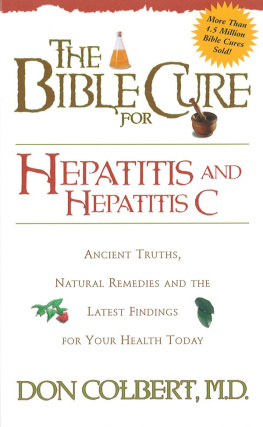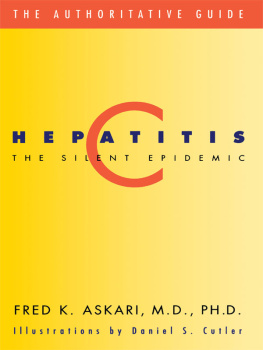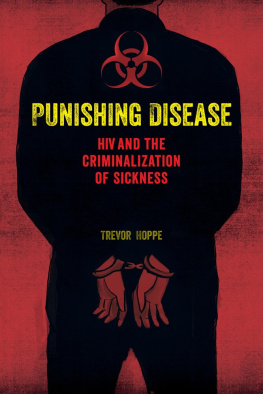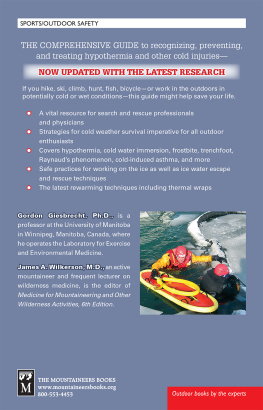Wilderness
Medicine:
BEYOND FIRST AID
Copyright 1979, 1985, 1989, 1994, 2000, 2012 by William W. Forgey, MD
Illustrations by Robert L. Prince Morris Book Publishing LLC
ALL RIGHTS RESERVED. No part of this book may be reproduced or transmitted in any form by any means, electronic or mechanical, including photocopying and recording, or by any information storage and retrieval system, except as may be expressly permitted in writing from the publisher. Requests for permission should be addressed to Globe Pequot Press, Attn: Rights and Permissions Department, PO Box 480, Guilford, CT 06437.
Falcon Guides is an imprint of Globe Pequot Press.
Falcon, FalconGuides, and Outfit Your Mind are registered trademarks of Morris Book Publishing, LLC.
Project editor: Meredith Dias
Text design/layout: Maggie Peterson
Library of Congress Cataloging-in-Publication Data is available on file.
ISBN 978-0-7627-8070-9
Printed in the United States of America
10 9 8 7 6 5 4 3 2 1
The author and publisher have made every effort to ensure the accuracy of the information in this book at press time. Neither the author nor the publisher accept responsibility for any loss, injury, or inconvenience resulting from the use of information contained in this guide. Readers are encouraged to seek medical help whenever possible. The information should not be used for diagnosis or treatment, or as a substitute for professional medical care.
This book is dedicated to my good friend and fellow wilderness medicine colleague, Buck Tilton.
He always carries the banner high and leads the way.
This book would not have been possible without the participation of many adventurers on numerous expeditions that I was part of organizing, especially the young men who lived for months at a time in the small cabin we built in northern Manitoba, near Churchill. I especially thank Greg Filter and Jim Ross for starting it all during their one-year stay in 1978, David R. Scott and Scott E. Power for their 199192 expedition, and the many crews in between and afterwards. Their stories are being recorded at www.forgey-cabin.com, which is dedicated to their participation in this experiential adventure.
PREFACE
This edition marks the thirty-third anniversary since the first publication of Wilderness Medicine. Recommended therapy in the first edition was based on a combination of field improvisation techniques and a modular first aid kit. The kit included multifunctional components to tailor it more readily to the nature of the trip being undertaken. Over the next several editions, changes in medical theory and treatment were reflected and advocated, including the use of the initial, focused assessment as an entry to treatment protocols; updates on infectious diseases; totally redesigned modular medical kit systems; and the incorporation of those medical technology advances in various disciplines that affected wilderness medicine.
Medicine and its components are hardly static. The effects of change ripple rapidly into outdoor medicine. Consequently, one advantage this book has over any other in this field is the use of my website, www.adventure-media.com/wildernessmedicine6.html. At this location you can easily access color photographs and updated information concerning many subjects, such as poisonous reptiles or plants, infectious disease risk maps, and further sources of information for cross-referencing. Information about relevant training programs and sources for obtaining the medical supplies discussed in the book are also included. The updates available on the website will allow this edition of the book to be kept as current as possible. Finally, direct e-mail links to me and the other authorities who have agreed to be part of the site make us easy to reach.
Be sure to check out www.adventure-media.com/wildernessmedicine6.html often. Ill look forward to hearing from you.
WILLIAM W. FORGEY, MD
CROWN POINT, INDIANA
HOW TO USE THIS BOOK
There are four ways to rapidly identify where to find the information you need.
FIRST
A quick glance through the Contents can lead you to the proper chapter and subject.
SECOND
The Initial Assessment (pages 1113) and the Focused Assessment (pages 1314) not only describe how to perform a physical examination and what to look for, but these sections also refer you to the page of the book that tells you what to do if something is wrong.
THIRD
Throughout the book various sections have diagnostic tables with references to further evaluate or explain treatment options. For problems that fall into these categories, you can refer directly to the tables indicated in the list below.
List of Diagnostic Tables/References
| Abdominal Problems Table | Table 26 |
| Bites and Stings | page 174 |
| Ear Problems Table | Table 25 |
| Environmental injuries | page 217 |
| Eye Problems Table | Table 24 |
| Infectious Diseases Table | Tables 61 and 62 |
| Orthopedic injuries | page 137 |
| Shock | page 18 |
| Soft Tissue Care | page 102 |
| Symptom Management Table | Table 21 |
FOURTH
The Clinical Reference Index, starting on page 263, provides a comprehensive cross-reference between symptoms, conditions, and treatments. Subjects are listed using both medical jargon and vernacular descriptions.
HOW TO PREPARE FOR REMOTE WILDERNESS TRAVEL
MENTAL PREPARATION
Its not what happens to you that matters, but how you react to it that counts.
EPICTETUS, FIRST CENTURY AD
How do you tell a guy you hate his guts by the way he holds his fork?
Do not presume that medical problems will be the most significant challenges that you will encounter on a wilderness expedition. Instead they will be leadership and expedition behavior issues. Any breakdown in this area can, and does, lead to the most significant wilderness accidentsaccidents that can easily magnify into serious medical disasters.
Most trip organizers are not able to take into account the psychology and social skills of all the participants, but if you can take such factors into consideration, you might avoid the stress and conflict that often turn a dream project into a nightmare. I have found that a 10-day preparatory trip is generally enough to identify idiosyncrasies that might indicate incompatibility.
The great outdoorsman Calvin Rutstrum once summed up this problem when he said to me one day, How do you tell a guy you hate his guts by the way he holds his fork? Its simply amazing how personal habits and quirks can grate on you. In reviewing many successful (and not so) relationships during stressful trips, I have come to the conclusion that the most favorable relationship is one of respect; it surpasses love, hate, fear, or any other human emotional form of interaction. If you truly respect a trip partner, you can tolerate mannerisms and faults that would otherwise be unacceptable.
Prepare yourself mentally to enjoy the trip. Be expecting both adversity and monotony on any long expedition. Plan a time schedule that allows for weather as well as terrain. Many accidents in the bush result from having to take chances while running out of time, food, etc., thus turning the expedition into a retreator worse, a retreat into a rout. The more shortages (in food, time, or other resources), the more resulting stress.











